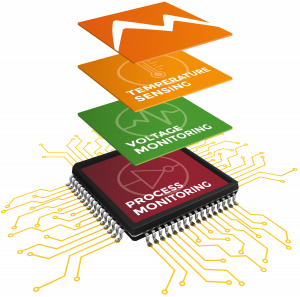Moortec, the Plymouth on-chip monitoring IP specialist, has been bought by Synopsys.

Synopsys rolled out its Silicon Lifecycle Management (SLM) platform last month and the Moortec technology adds an important element to provide a broad range of monitors and sensors for more detailed visibility into the chip’s operation.
Moortec’s PVT sensors are claimed to be the most advanced in the industry and represent a critical part of that needed visibility.
Data from these PVT sensors combined with other chip monitor data will feed into the Synopsys SLM platform’s targeted analytics engines to provide significant optimizations at each stage of the semiconductor lifecycle, starting with design implementation, and progressing through manufacturing, production test, bring-up and culminating with in-field operation
”This acquisition accelerates the expansion of our SLM platform by providing our customers with a comprehensive data-analytics-driven solution for devices at the most advanced process nodes,” says Synopsys COO Sassine Ghazi.
In-chip monitoring is now a necessity at advanced process nodes as it enables mission critical management of increasingly variable physical and functional conditions in real-time, thereby increasing performance and reliability.
Moortec brings to Synopsys an advanced and comprehensive range of in-chip PVT sensors and control subsystems. Moortec’s technology has been adopted by many of the world’s largest fabless and IDM companies, and has been used on hundreds of chip designs on all popular process nodes down to 5nm.
The integration of Moortec’s sensor technology into the Synopsys SLM platform adds a new dimension of value. In addition to providing real-time in-chip feedback, data from these sensors will now be extracted and fed to the platform’s analytics engines.
The environmental data provided by these sensors is an essential part of fully understanding complex activities within the chip. Combining this information with data from other structural and functional monitors provide the data needed to derive the greatest optimisations throughout the lifecycle.
